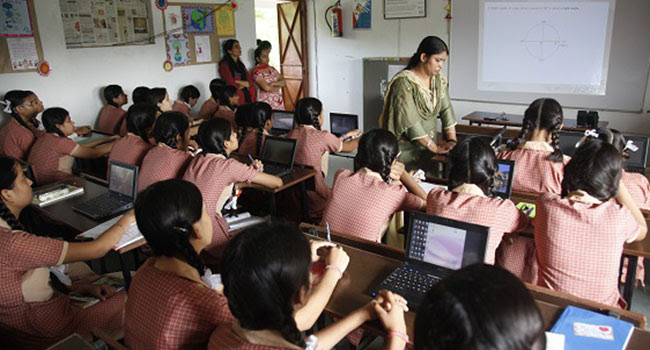Viewing Torrent websites will land you in jail for 3 years in India!
Logging in to blocked torrent sites might land a person with 3 years of jail time.
Logging
in to blocked torrent sites might land a person with 3 years of jail
time. Although no official statements have been given by the Government
of India, on logging in, a few of these torrent sites, a warning is
flashed on the screen. This warning reads, “This URL has been blocked
under the instructions of the Competent Government Authority or in
compliance with the orders of a Court of competent jurisdiction.
Viewing, downloading, exhibiting or duplicating an illicit copy of the
contents under this URL is punishable as an offence under the laws of
India, including but not limited to under Sections 63, 63-A, 65 and 65-A
of the Copyright Act, 1957 which prescribe imprisonment for 3 years and
also fine of upto Rs. 3,00,000/-. Any person aggrieved by any such
blocking of this URL may contact at urlblock@
The warning was visible on a few of the most used torrent sites in the country. The warning would come up on the screens of torrentz2.eu
among others after the links got redirected. The ‘government’ warning
states that viewing, downloading or duplicating any of the copyright
contents would be a clear violation of Section 63, 63-A , 65 and the
65-A of the Copyright Act of 1957. One can be booked under an offence
under Section 63 dealing with the infringement of copyrights conferred
in the act and would lead to a jail time of 6 months to 3 years and a
fine upto Rs 50,000 to Rs 2 lakh. One can also be booked under the
Section 63-A and get an imprisonment time lasting from 1 year to 3 years
and a fine between Rs 1 lakh and Rs 3 lakh.
Any
person who does not agree with such a ban and considers it a violation
of his/her rights could approach the relevant High Court. Websites like
Torrenlinks.net, btstorrent.cc, torrentdownloads.me,
limetorrents.cc, and more are all flashing this warning. Though a few
websites haven’t been listed yet and are accessible to the users.





